Why on earth is an IROC Camaro worth more than a C4 Corvette?
There’s a certain order of things in the car industry. Some brands and badges just sit higher up on the totem pole of price than others. A Lincoln is more expensive than a Ford, a Lexus more expensive than a Toyota, a 5 Series than a 3 Series, etc. Convention also dictates that a Corvette is supposed to be pricier than a Camaro.
That’s certainly the case when shopping for new cars in 2022, and it was the case in 2012, 2002, 1992 and way on back. If Chevrolet’s pony car is the working man’s whip, America’s sports car is what the owner of the company he works for drives. If the Camaro is attainable, the Corvette is aspirational. You get the idea.
So what?
When going over our quarterly updates to the Hagerty Price Guide recently, we realized the status quo has been upset for a certain Chevy performance pair, specifically from those mustachioed muscle years of the 1980s.
Not only is a Camaro IROC-Z (1985–90) worth more than the equivalent base C4 Corvette (1984–96), it’s worth a lot more. More than twice as much, actually, and this reversal of things predates both the recent boom in interest for all things ’80s cars and ’80s revival events like Radwood.
We have a major market anomaly on our hands, then. The situation is sort of like booking a guided African safari for cheaper than a trip to the local zoo, or eating at a restaurant whose steak is cheaper than the burger. To try and understand this contradiction, we found a pair of these star-spangled mullet-mobiles—Sajeev Mehta’s 1985 Corvette and Kay Yasoni’s 1988 Camaro IROC-Z —for a back-to-back drive on a (finally) cool fall morning in Houston, Texas.
We wanted to find out if, perhaps, modern car collectors are on to something that wasn’t obvious to General Motors product planners in the 1980s.
That wouldn’t be unheard of. Some of the hottest cars on the market were, at one point, thought to be attainable or less. A Mini Cooper from the 1960s can easily be worth as much or more than some contemporary Rolls-Royces; a Mazda MX-5 Miata can easily bring more money than contemporary Cadillacs and Lincolns—and that kind of makes sense.
This sort of thing happens all the time in other markets. Vincent Van Gogh died a failure. Now his works are priceless.
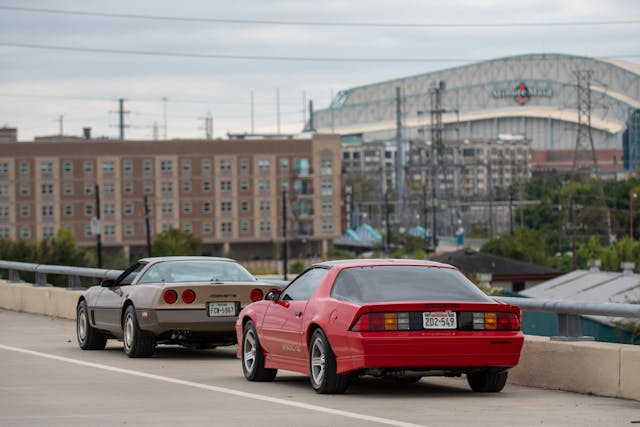
Debuting in 1982 and 1984, respectively, the third-gen Camaro and the fourth-gen Corvette were the right cars at the right time for General Motors. Both of their predecessors were long-in-the-tooth and near-caricatures of their former selves by the early ’80s. Thanks to computer-aided design, fuel injection and more sophisticated suspension, the General finally pulled these American sports cars out of the malaise era.
“We needed to get the Corvette back to the performance level of 1970,” said Dave McLellan, the Corvette’s chief engineer during the C4 years. Chevy mostly pulled it off, with Car and Driver calling the first all-new Corvette in 20 years “a true-born, world-class sports car loaded with technical sophistication.”
The Camaro, meanwhile, was another breath of fresh air that brought a completely new look to Chevy’s pony car, leading Motor Trend to award it Car of the Year honors for 1982.
The Z28 was the speediest Camaro upon the third gen’s debut in 1982, but from 1985 to ’90 the top dog in the lineup was the IROC-Z Sport Equipment package, often shortened by funny-haired gearheads everywhere to simply “IROC.”
The $659 option took its name from the International Race of Champions, a race series pitting the stars of NASCAR, Indy, and sports car racing against each other in identical Chevy Camaros.
The actual IROC race cars weren’t much more than Camaro-shaped shells on top of a NASCAR tube chassis. But, like any good car company, Chevrolet was never one to miss a marketing opportunity and slapped IROC decals and a body kit on its latest flagship Camaro. Uprated suspension, bigger sway bars, upgraded wheels and tires, fog lights, and a choice of V-8 engines came with the stickers.
For the second half of the 1980s, the IROC was the Camaro to have, with the most power and, of course, the most flash.
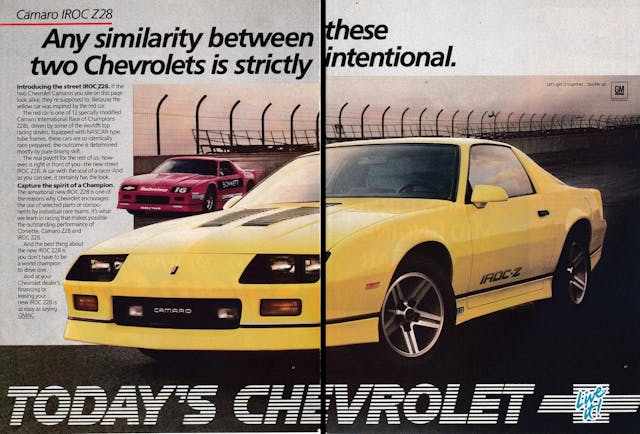
For 1988, Chevrolet slimmed down the Camaro lineup by dropping the LT and Z28 models, leaving only the base coupe and the IROC-Z. Although a taller final drive was paired with the 350 engine, its output kept rising, up to 245 horses for 1990. The International Race of Champions series began using Dodge Daytonas in the ’90 season, so Chevy dropped the IROC-Z package in 1991, reinstating the Z28 as the range-topper.
Owner Kay Yasoni’s IROC is a bone-stock, Bright Red ’88 model with the desirable L98 350 and T-tops, and it has gotten the kind of restoration work normally seen on older, more valuable pony cars. Maybe it’s the color, or maybe it’s because I haven’t seen such a clean third-gen Camaro in 20 years, but this car looks fantastic, even next to the Corvette that was supposed to be the premium offering. Its wedgey angles have aged well.
The inside is straightforward ’80s GM (plastic, lots of plastic) with gray cloth seats and right angles everywhere with square vents, stereo, and switchgear. The only things that are round, other than the leather-wrapped steering wheel, are the simple gauges—speedo on the left, tach on the right, and auxiliary readouts in the middle. It’s more restrained than one might expect for a decal-laden performance car named after a race series, but it is functional.
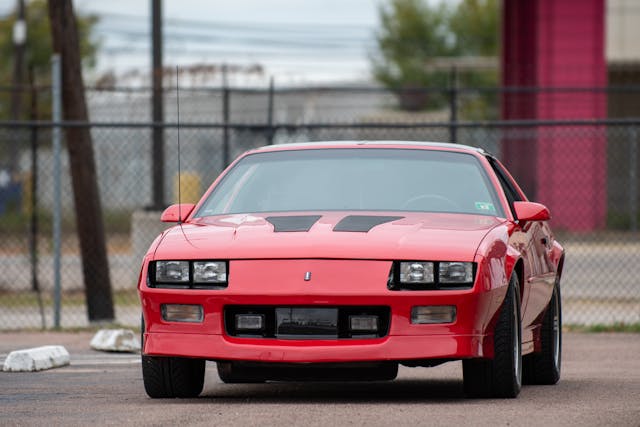
Easy-to-remove glass T-tops offer a clear view of the sky above, and aside from a hint of red fenders and hood vents, there’s a panoramic view of the road ahead as well. I may have forgotten my Whitesnake cassette, but it turns out I didn’t need it—driving this IROC turns back the clock plenty.
As a performance car, the IROC both then and now leaves something to be desired. As a time machine, though, it’s hard to beat. It’s a fun car that people fall in love with it because it brings back memories and feels very of-its-era.
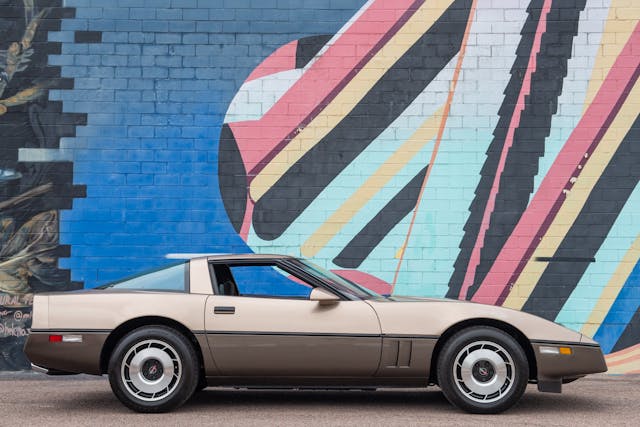
The crisp body produced 24 percent less drag than the C3, the rear hatch offered more space for luggage, and the clamshell hood offered more room to service the engine. A “uniframe” chassis combined a traditional rail frame with separate frames for the windshield and B-pillar. A removable targa roof bolted in between the A- and B-pillars.
Front A-arms and spindles were computer-designed and for the first time and made from forged aluminum, while the compact multilink rear suspension sported a transverse fiberglass leaf spring. An all-digital instrument cluster gave off Tron vibes in a time when most cars had only recently gotten an itty-bitty digital clock.
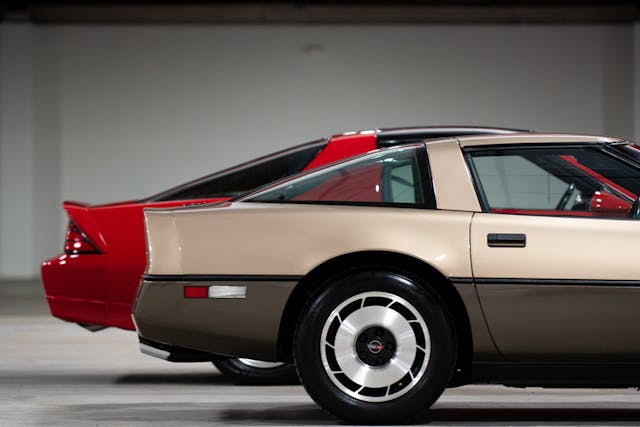
Despite that, initial reviews complained of the new Vette’s jarring ride as well as incessant creaking and rattling from the plasticky cabin. GM improved the ’85 Corvette’s ride with softer spring rates, while the 350 cubic-inch, 230-hp L98 engine debuted under the hood. The workhorse L98 would power the base Corvette until it was replaced by the 300-hp LT1 in 1992. Transmissions were still either automatic or, from 1984-88, a “4+3” manual built by Doug Nash that was essentially a traditional four-speed with overdrive on the top three gears.
And even though the IROC has a racy name, the Corvette wouldn’t be America’s sports car without some motorsports history of its own to back up those crossed flags on the hood.
In SCCA Showroom Stock GT racing, C4s swept the Playboy and then Escort Endurance Championship from 1985–87, and there was nothing the Porsche 944 Turbos could do to stop them. So dominant were the Corvettes that they were booted into the single-marque Corvette Challenge series.
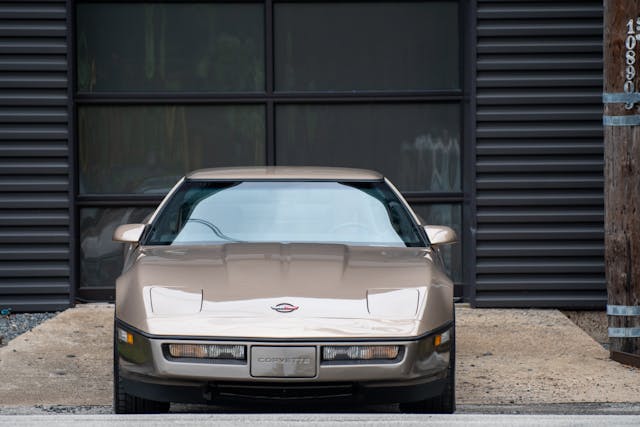
The enormous door sills make getting in and out of a C4 a challenge for anyone, least of all for the 50-somethings who typically buy Corvettes. They say you shouldn’t wear a skirt when driving one of these cars, but it’s awkward no matter what you’re wearing.
If the Camaro’s interior is a cabin, the C4’s is a cockpit. A slightly cramped one that nestles you in between the aforementioned sill and an equally tall transmission tunnel, the green and orange glow of that arcade-game instrument cluster greeting you from behind the two-spoke steering wheel.
If squeaks and rattles were standard factory equipment on the C4, as the old joke goes, they left them out when building this one. It was no noisier than the Camaro. We didn’t take the roof off, though, which in a C4 allows the body to flex and creak through corners and over bumps.
Even with the roof on, a C4 lumbers and rolls through corners more than one might expect, feeling planted but certainly not light on its feet. Step on the go-pedal, though, and the car livens up, feeling as though its 230-horse, 330 lb-ft torque ratings are delivering more than what the digital speedometer is reading (a hybrid-analog-digital dash arrived in 1990; dim or failing gauges are common on the earlier cars).
These two bowties weigh within a hundred pounds of each other and share the L98 engine, but the Corvette feels considerably quicker.
When the ’80s kitsch falls away, you’re left with a more purposeful sports car than the contemporary Camaro. The Corvette is lower, quicker, more exciting. It’s a more entertaining experience behind the wheel whether you’re driving it or sitting in traffic. Even the interior’s gimmicks and eccentricities lend a sense of occasion missing in the IROC’s sea of plastic.
Of course, this is as it should be. The Corvette was then, as now, GM’s performance flagship and cost more than even a loaded IROC when new (an IROC could get to $20K with options, but the ’85 Corvette started at $24K).
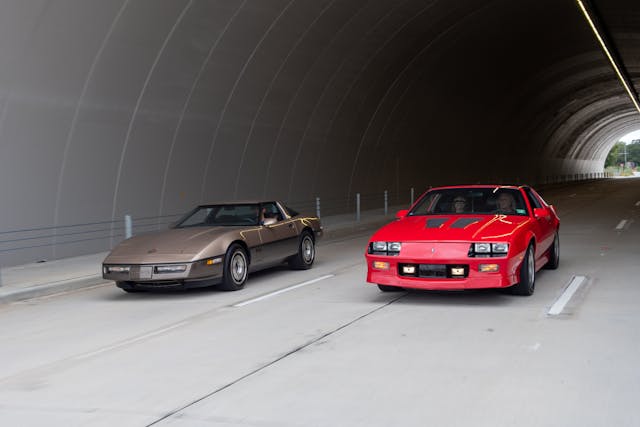
Why are low-mile IROCs storming through Bring a Trailer for prices over $40,000 and even $60,000 while base C4s in similar condition are lucky to sell in the 20s?
There isn’t one big answer, but there may be a few smaller ones. One is the rarity of good-condition IROCs. Chevrolet sold third-gen Camaros by the lot, but IROCs were expensive. Kay’s red coupe is one of 24,050 IROC-Zs sold in 1988, but only about half of that number came with the big engine.
Also, many IROCs lived hard, well-used lives, and as they aged they were frequently left to the elements. Meanwhile, Sajeev’s C4 is one of nearly 40,000 Corvettes sold for ’85, and if the typical IROC buyer was out looking for a stop light drag, the Corvette owner was a middle-aged family man who only drove it on the weekends. As such, the C4 survival rate is higher, the typical mileage lower.
There’s also the fact that while the IROC-Z is top dog among third-gen Camaros, an early C4 has to look at the taillights of Callaways, ZR-1s, Grand Sports, and even later base cars. Mehta’s bronze beauty is a very nice car, but it’s no “King of the Hill” ZR-1 (although even ZR-1s remain relatively affordable).
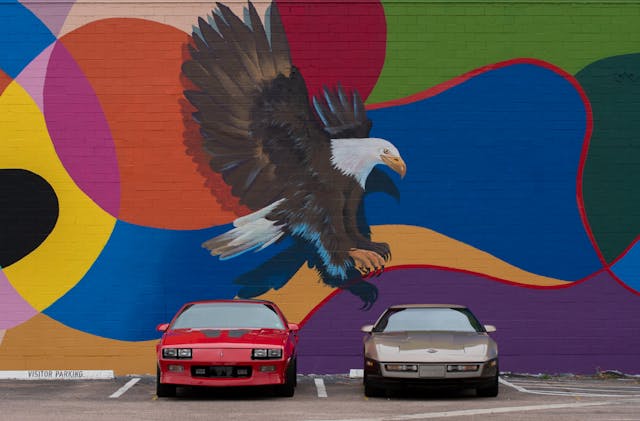
Meanwhile, Gen Xers apparently go gaga for third-gen Camaros. Although Gen Xers make up 32 percent of the market as a whole, they own about half of the IROCs insured with Hagerty. IROC values started to soar in 2014, about when this generation of enthusiasts entered their high-earning, mid-life, fun-car-buying years. That’s probably not a coincidence.
Last but not least, there are impossible-to quantify matters of perspective. Even with the old jokes about mullet-wearing owners, these Camaros really play to nostalgia—a powerful force in any collector market. For those of a certain age, the IROC was the attainable car they dreamed of—the car the coolest kid in your high school might have driven. The C4 Corvette, rightly or wrongly, may be remembered as something your buddy’s dad drove, probably while wearing New Balances and high socks.
Even the C4’s technological advancements might work against it in the minds of collectors. It hails from an era when General Motors squandered a fortune on technical solutions, from paint-shop robots that wound up spraying each other to plastic-bodied compact cars that couldn’t match the refinement of contemporary Hondas. It’s also sort of stuck in a middle ground where it’s too new and electronic to really be considered a “classic” in the sense of a C3, but at the same time it lives in the shadow of the much faster (and today not much pricier) C5.
I still don’t get it, though. The massive gulf in value between these cars that used to share showroom space is just too big to make sense, and if one is undervalued, maybe the other is overvalued. Either way, it’s yet another case of why the car hobby is not always a rational one.
Check out the Hagerty Media homepage so you don’t miss a single story, or better yet, bookmark it.

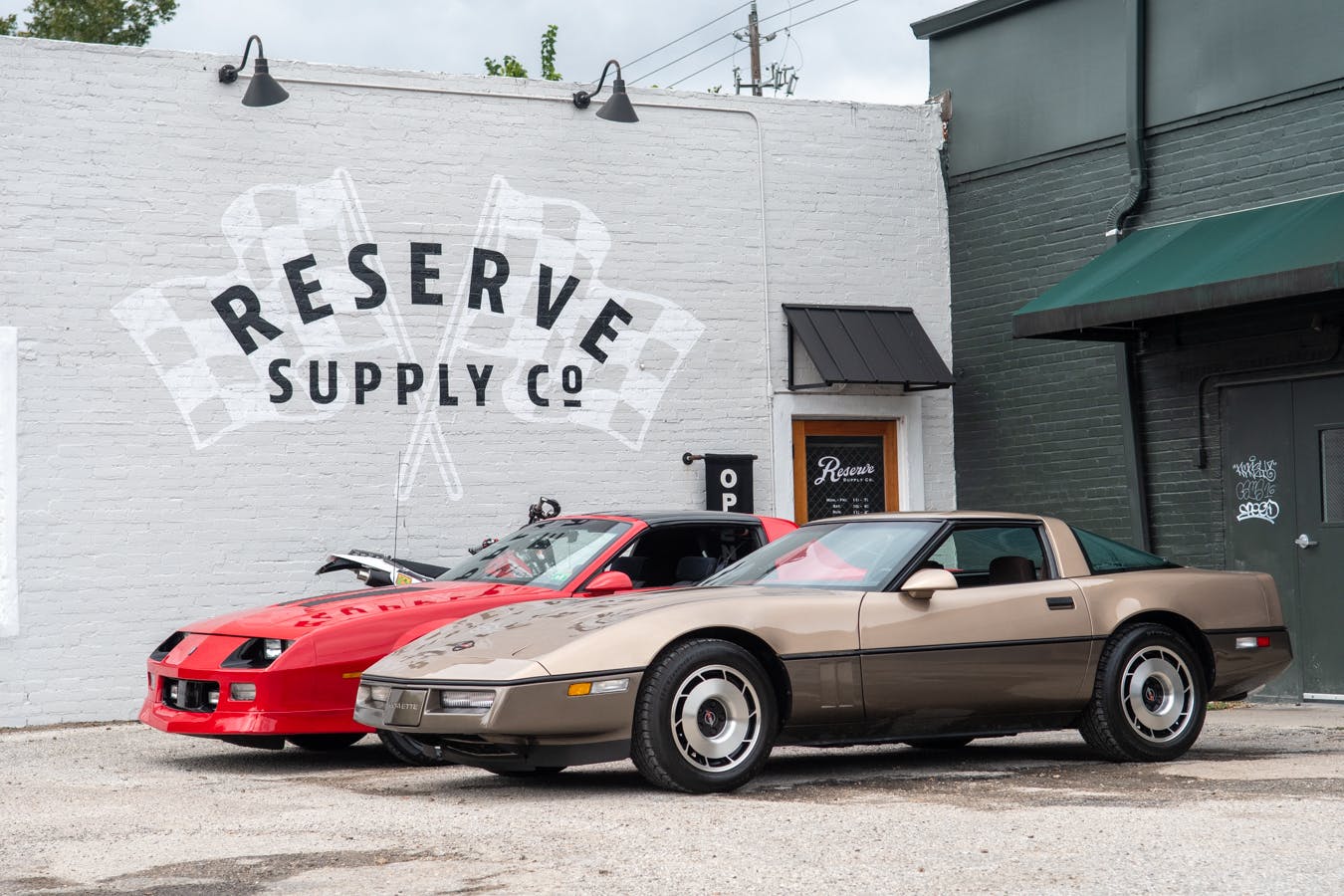


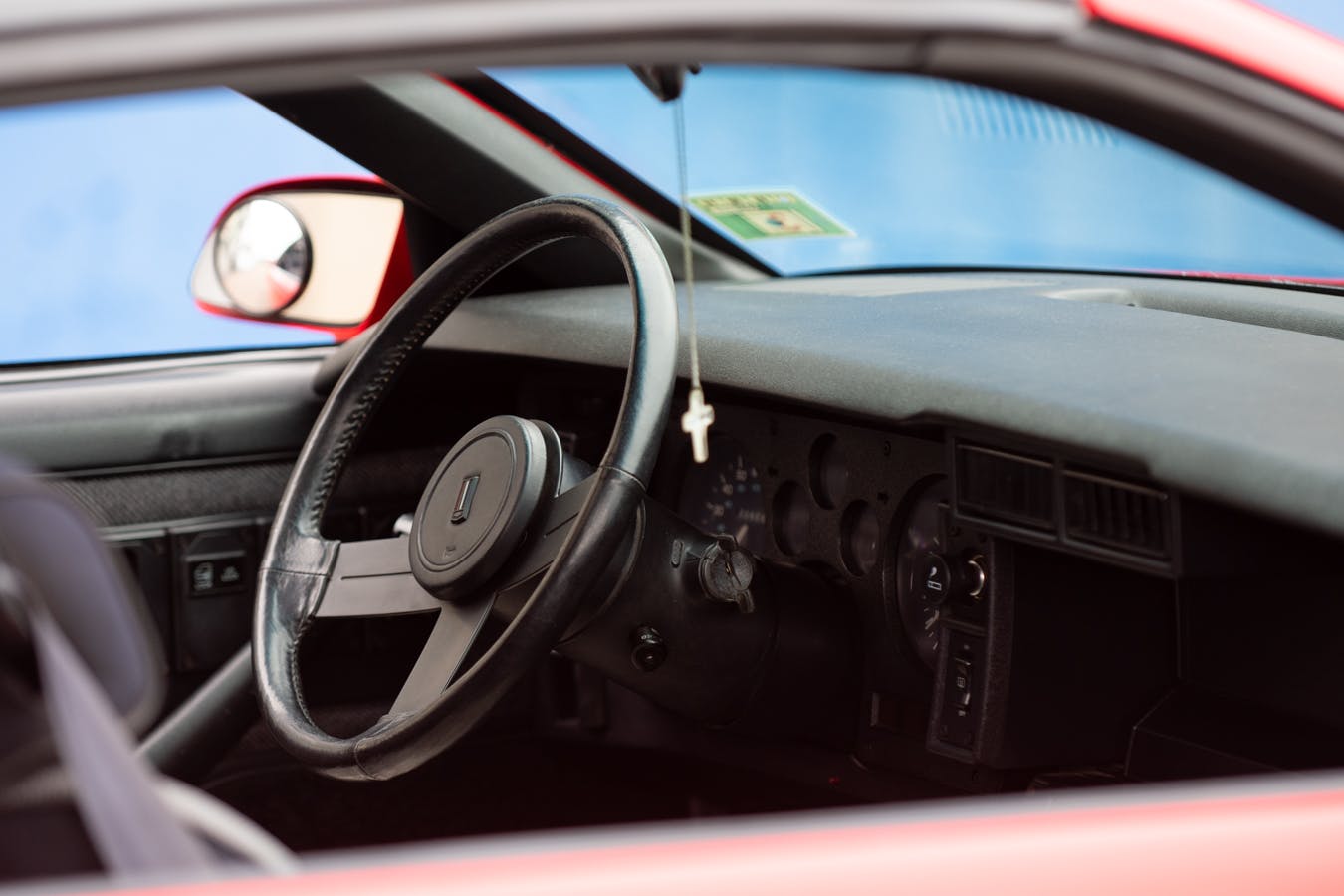
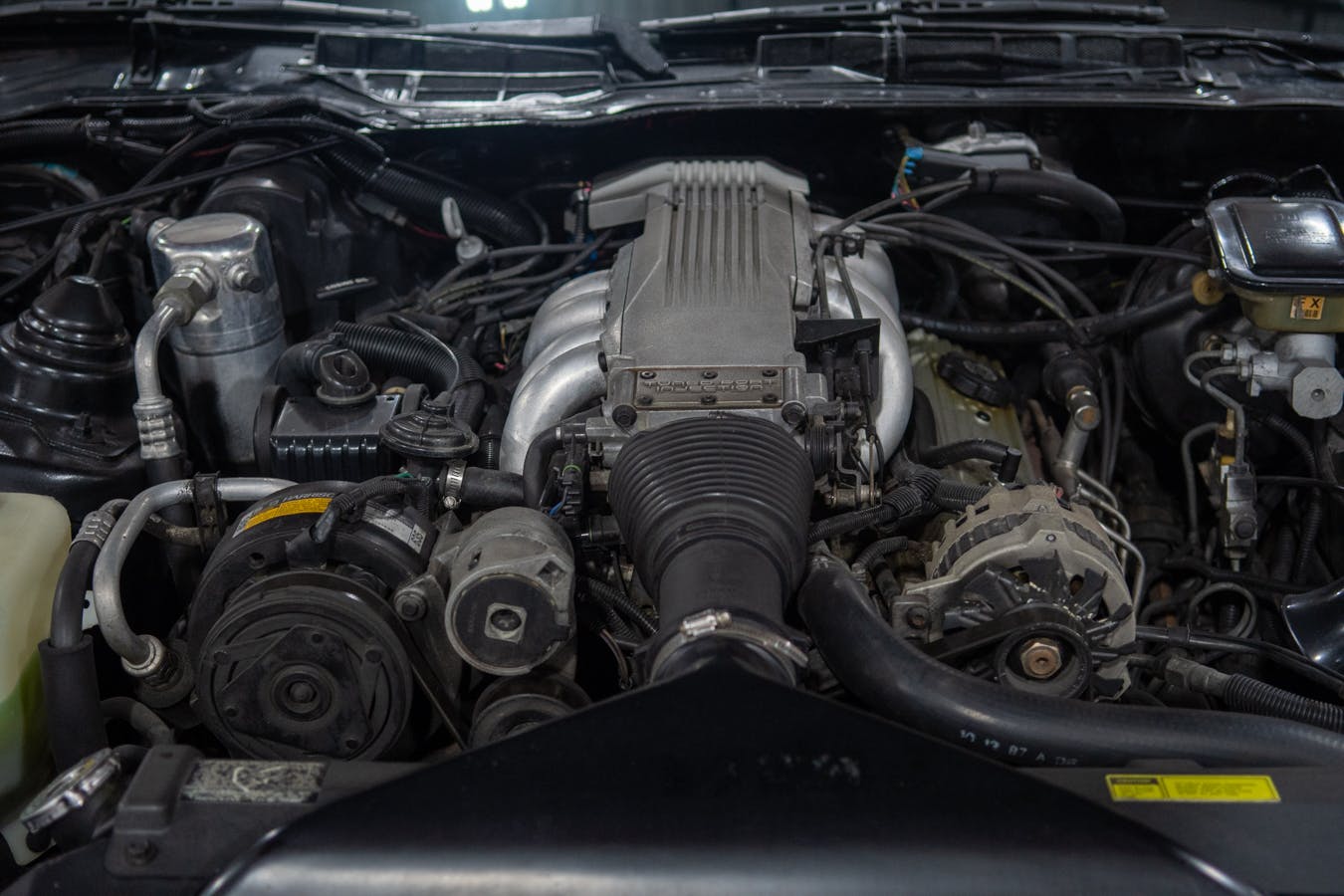
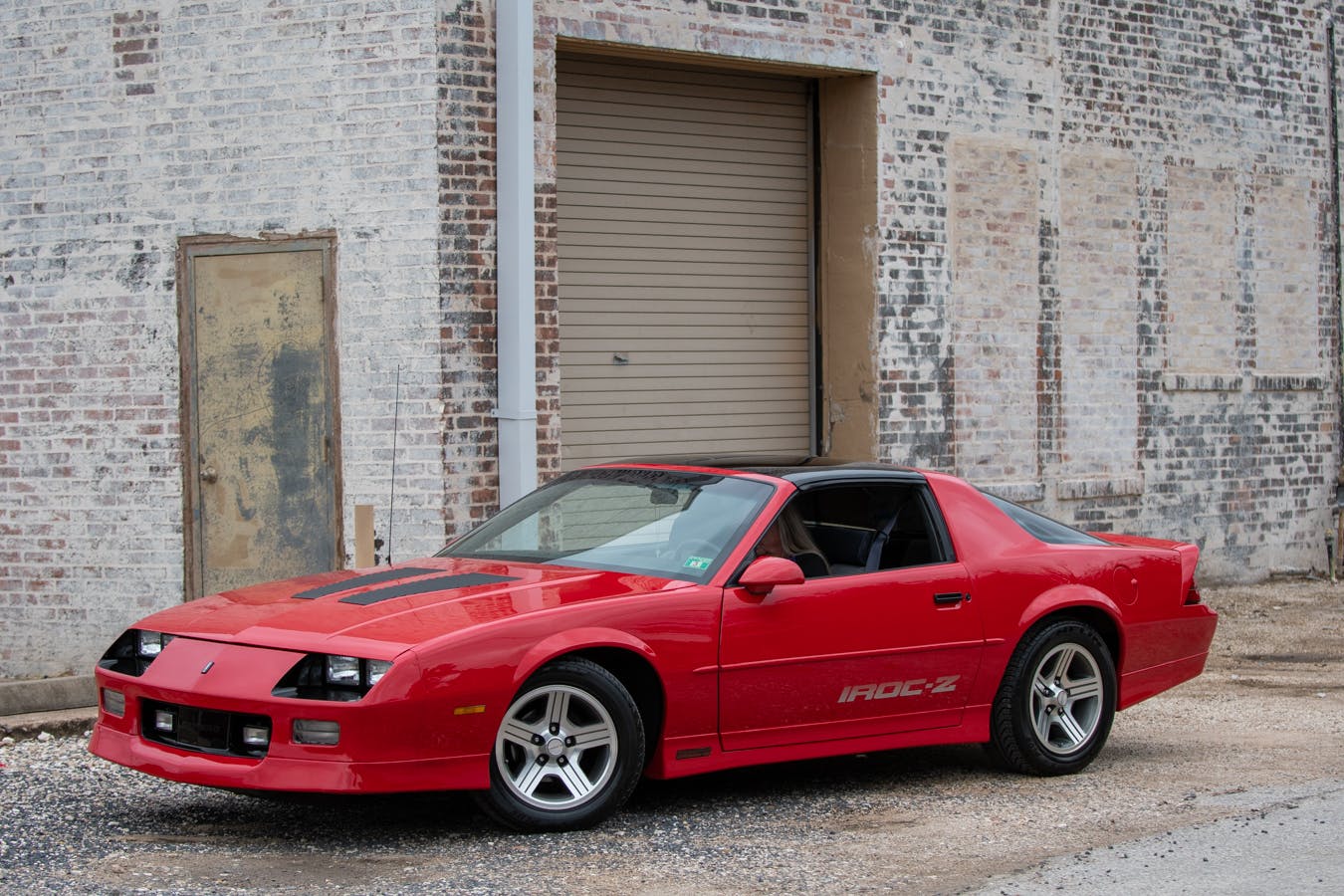
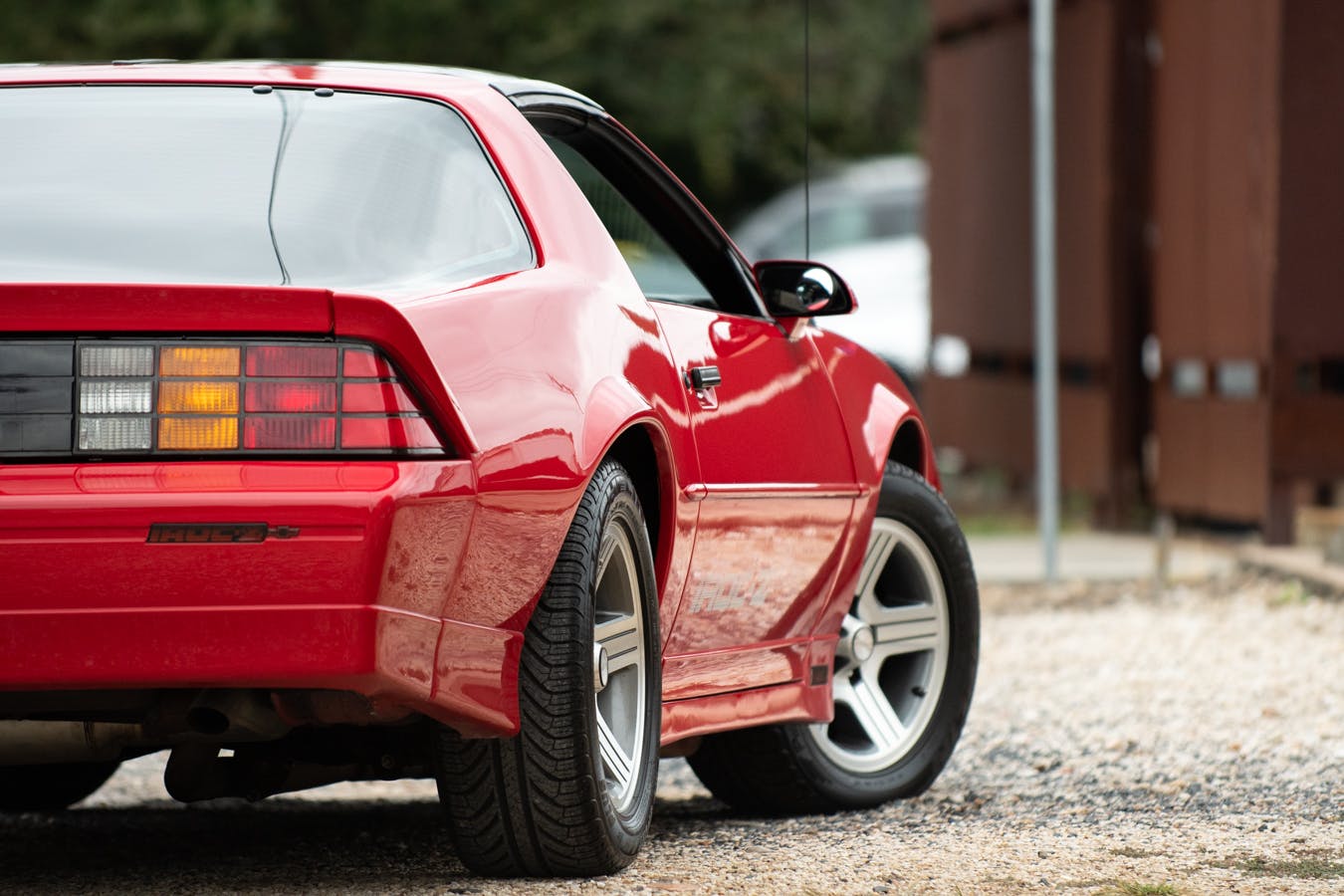
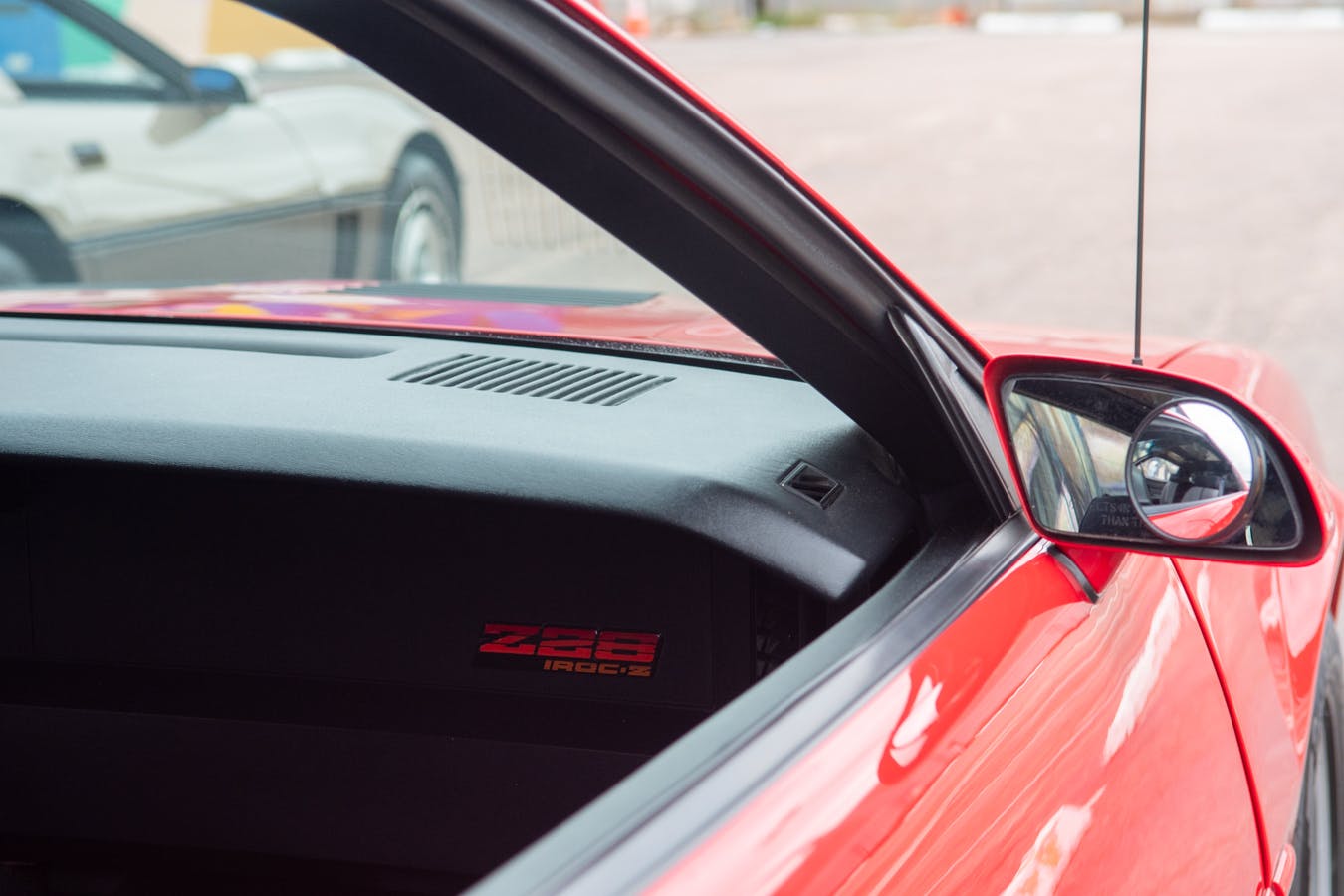
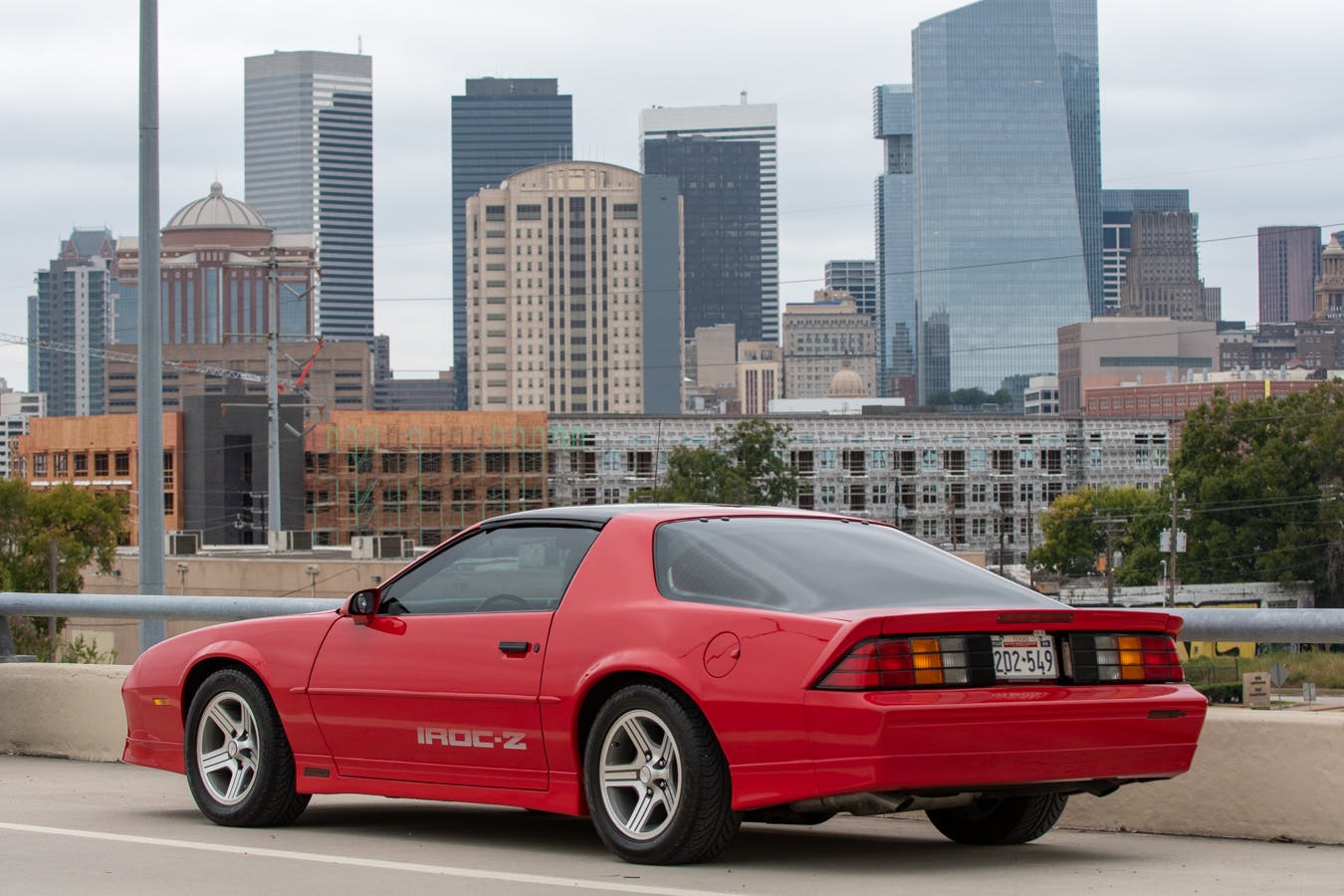
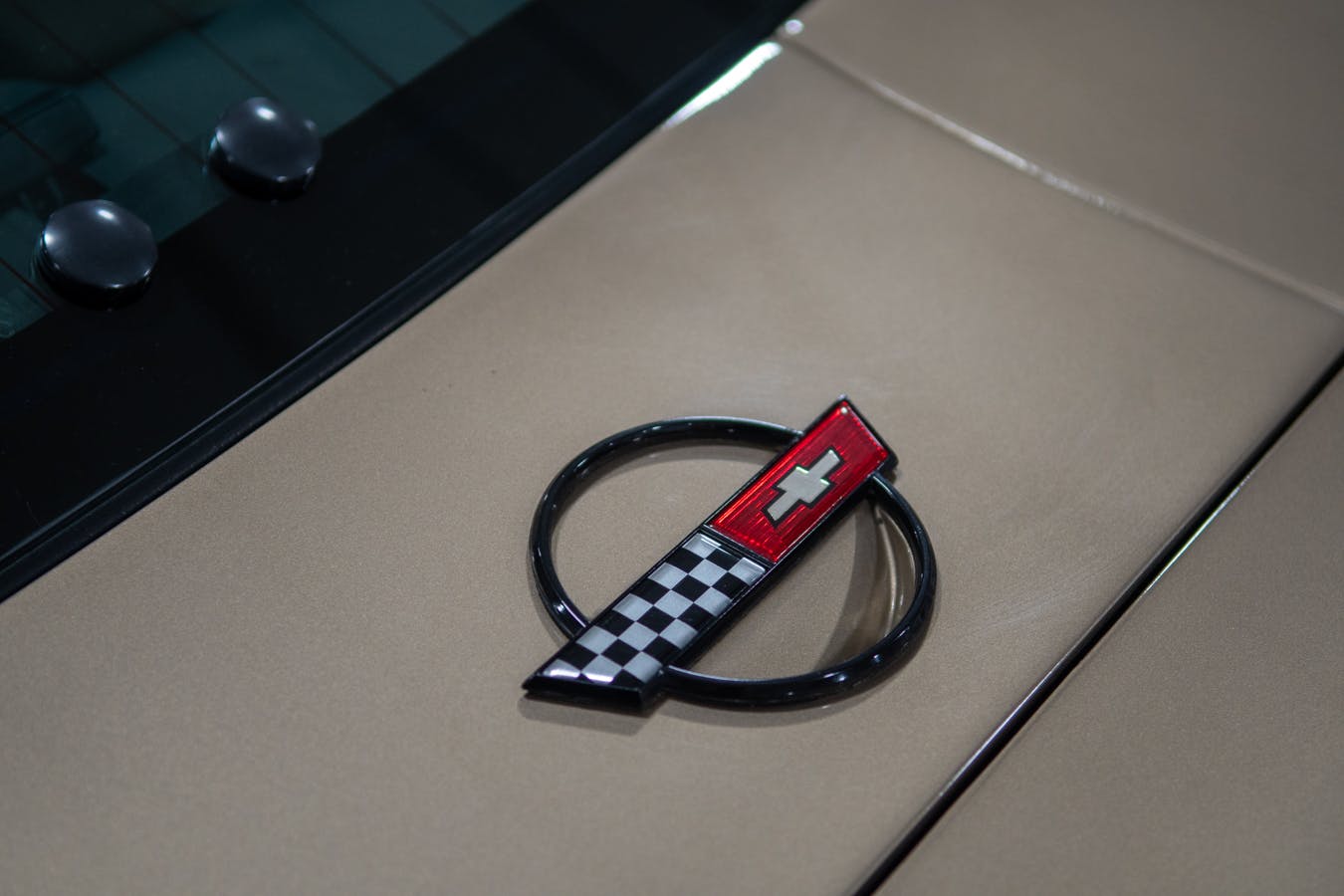
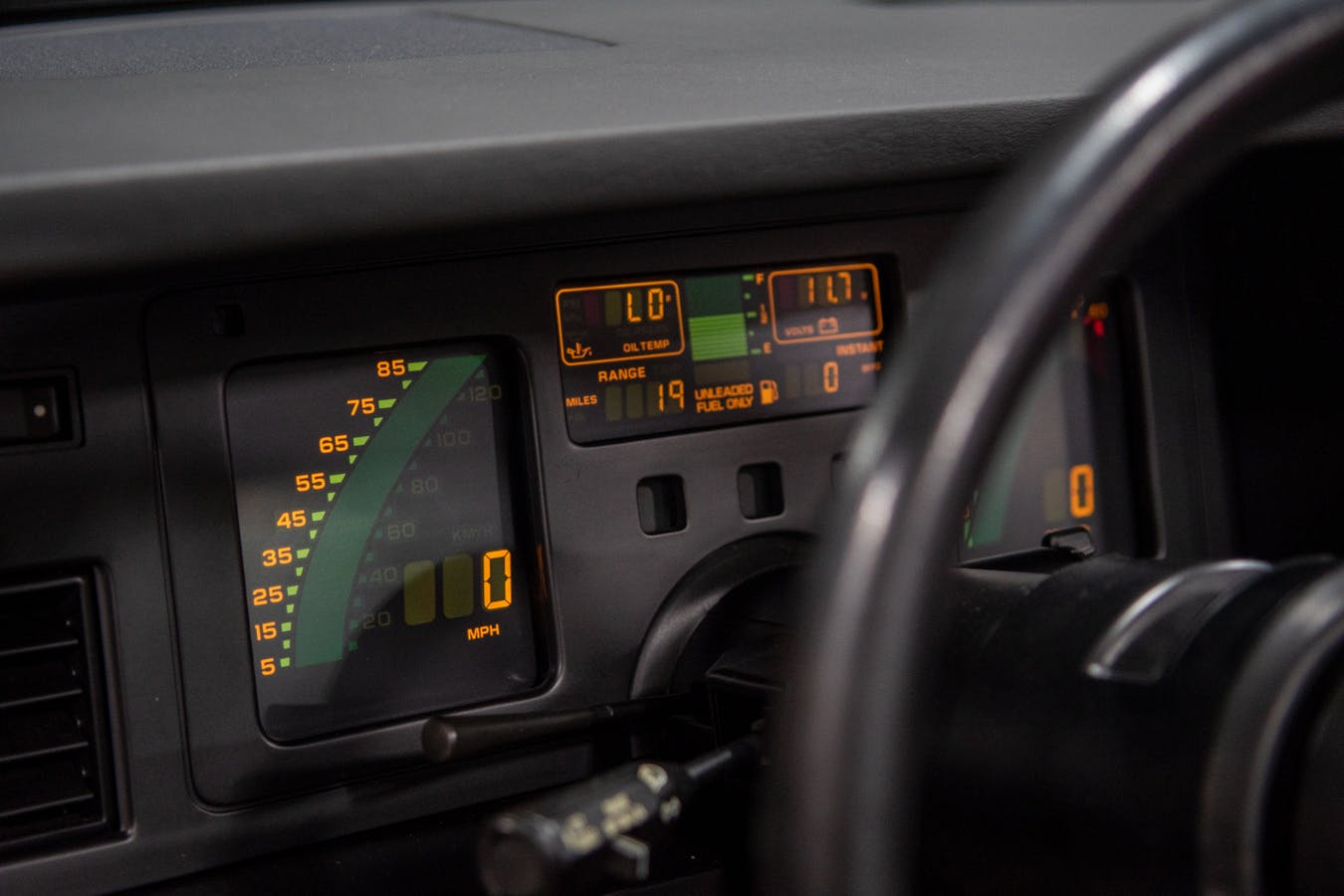
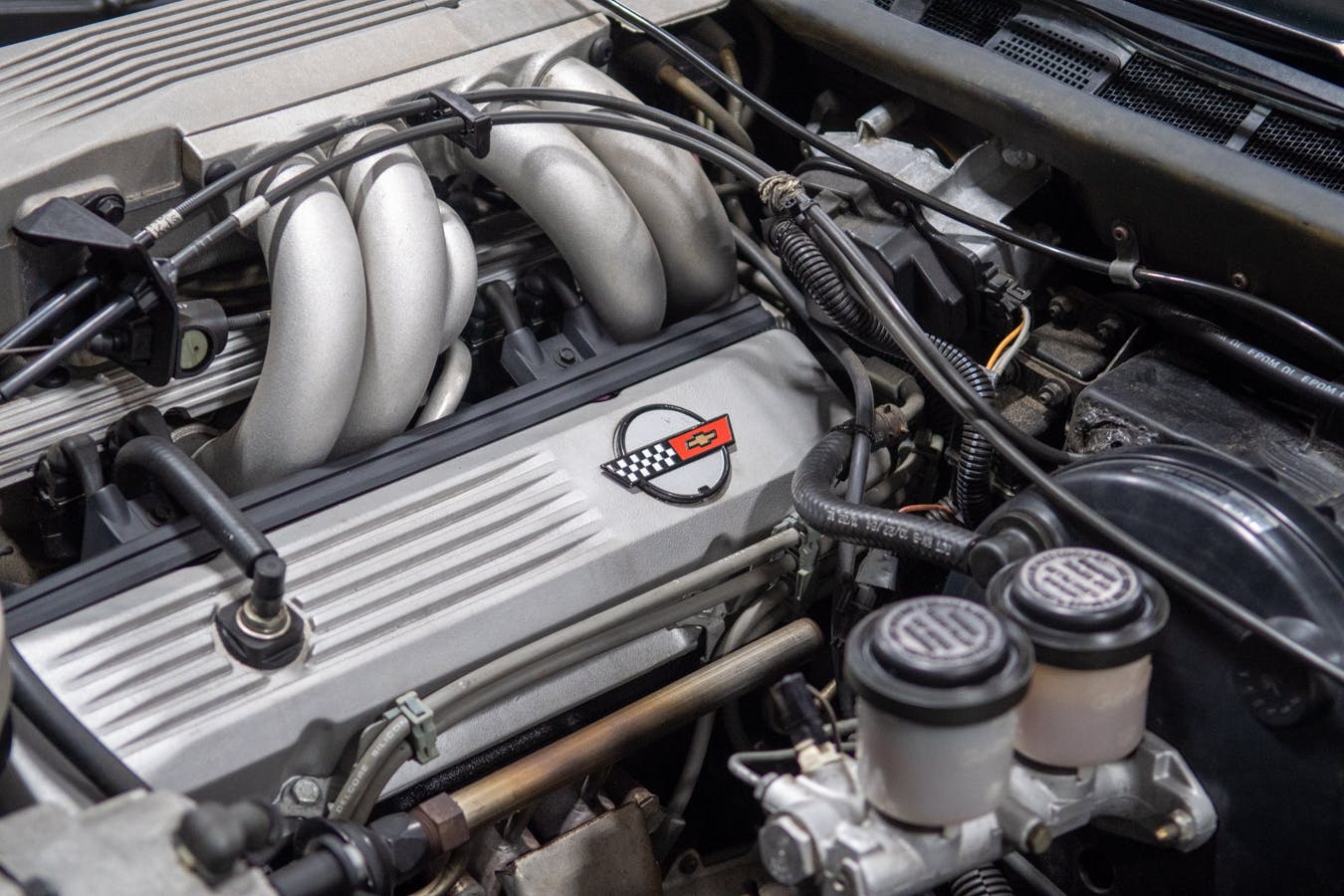

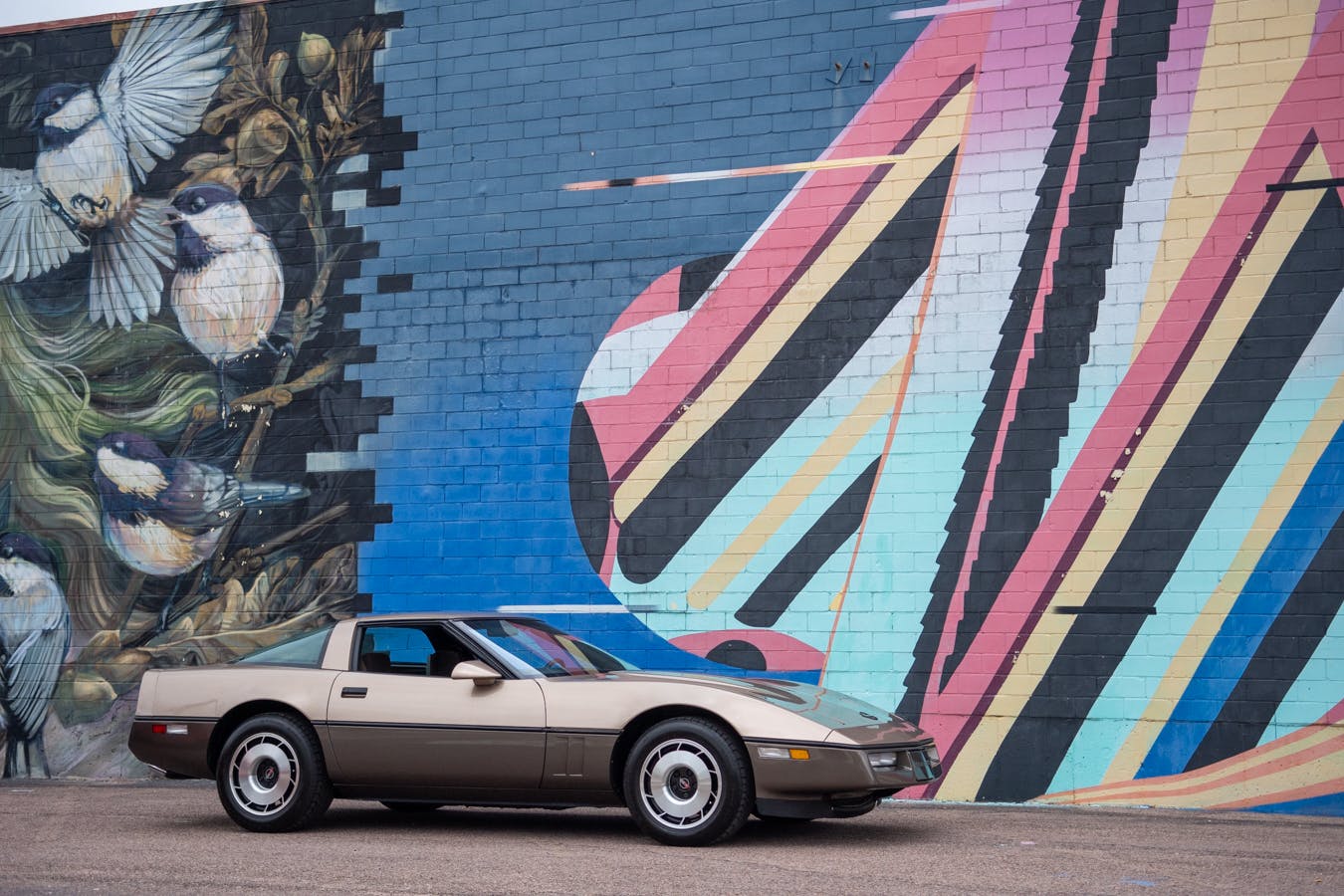
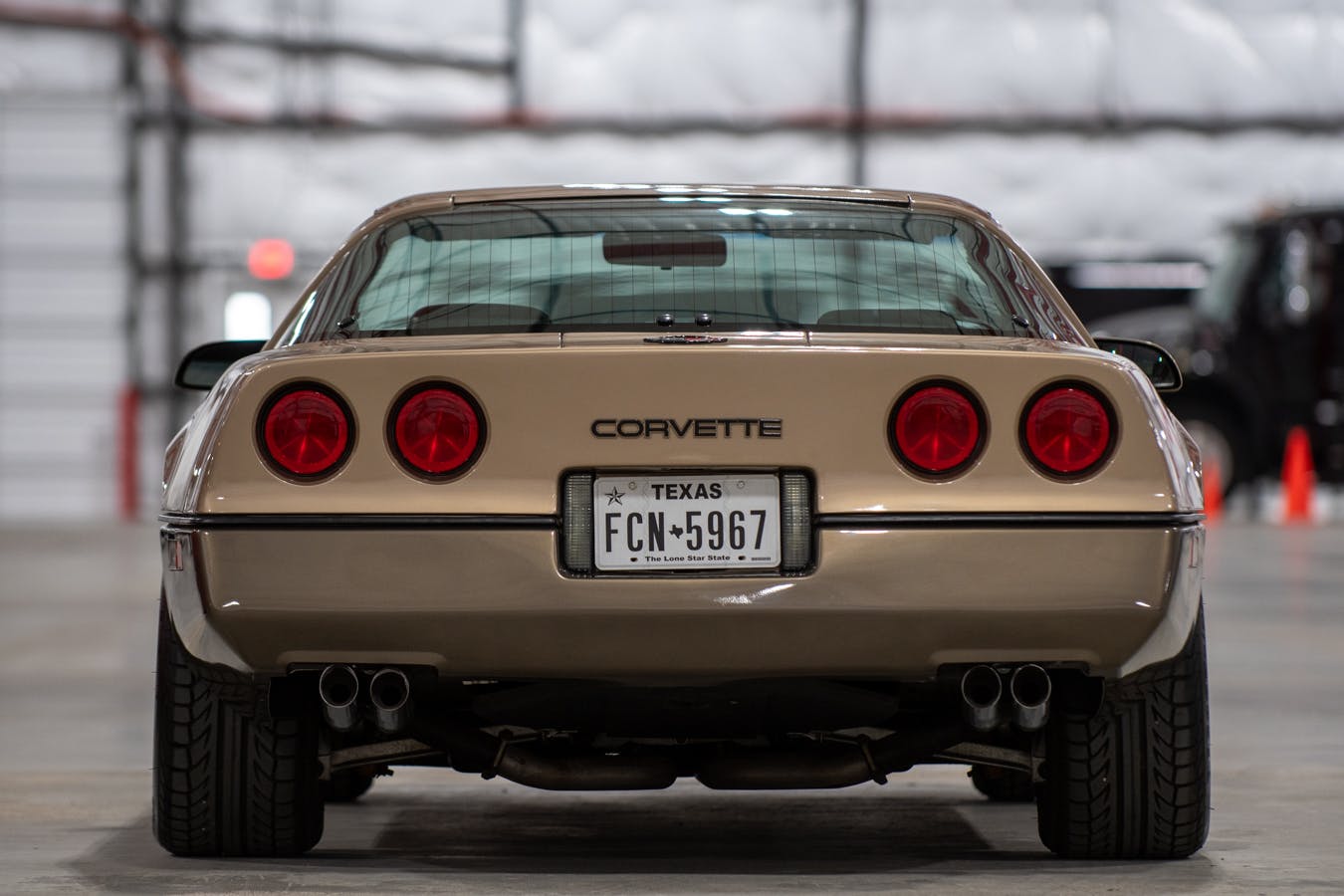
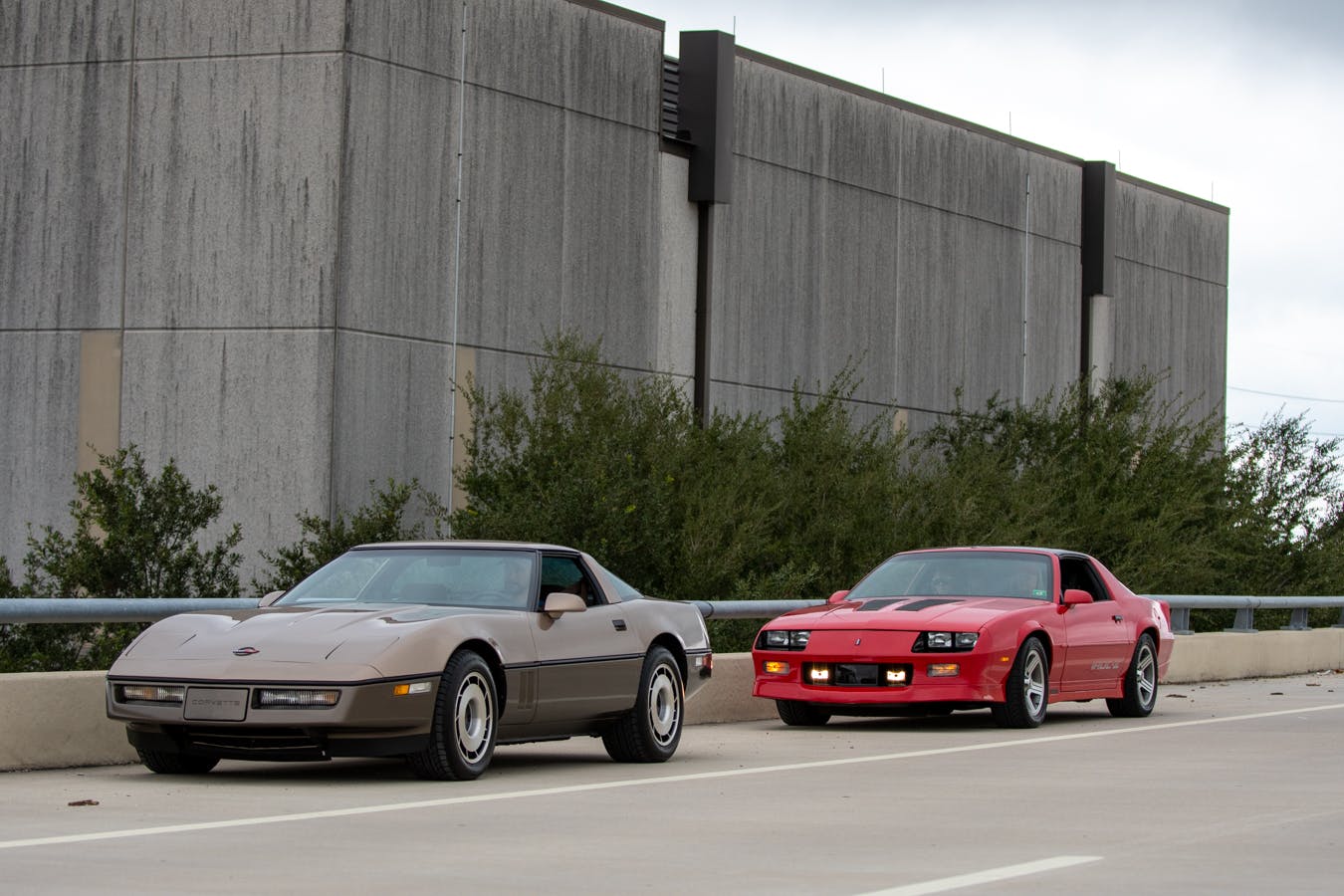
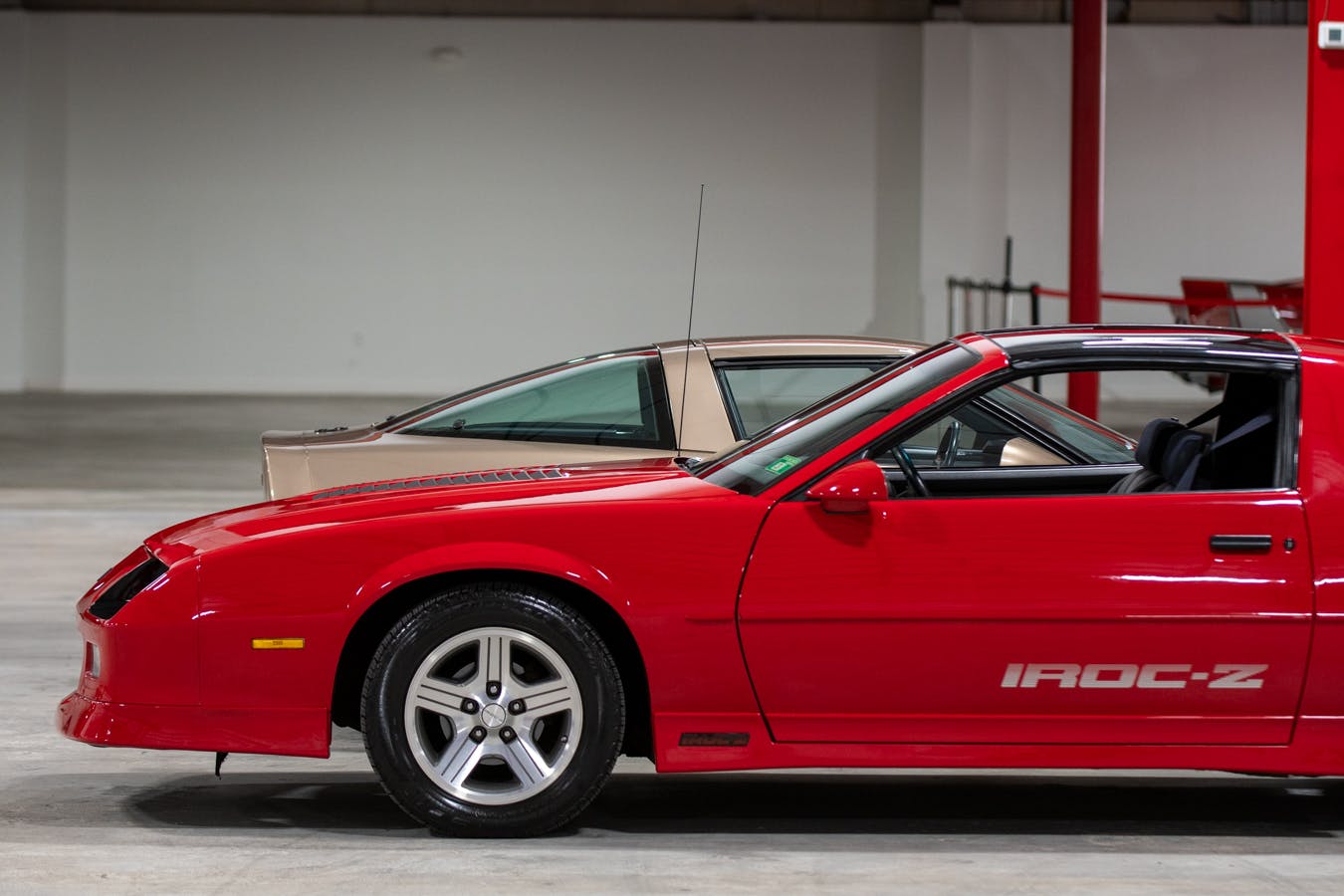
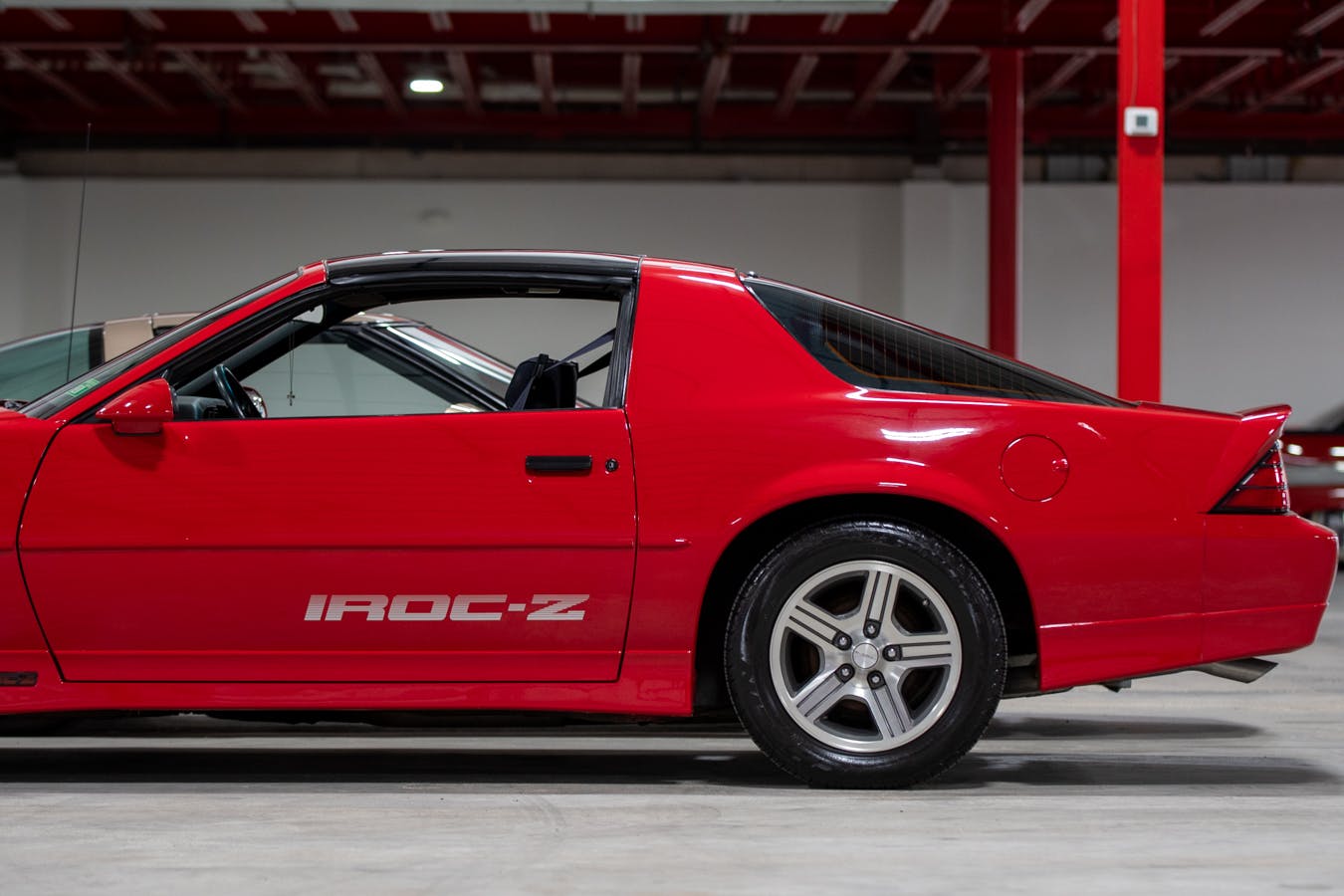
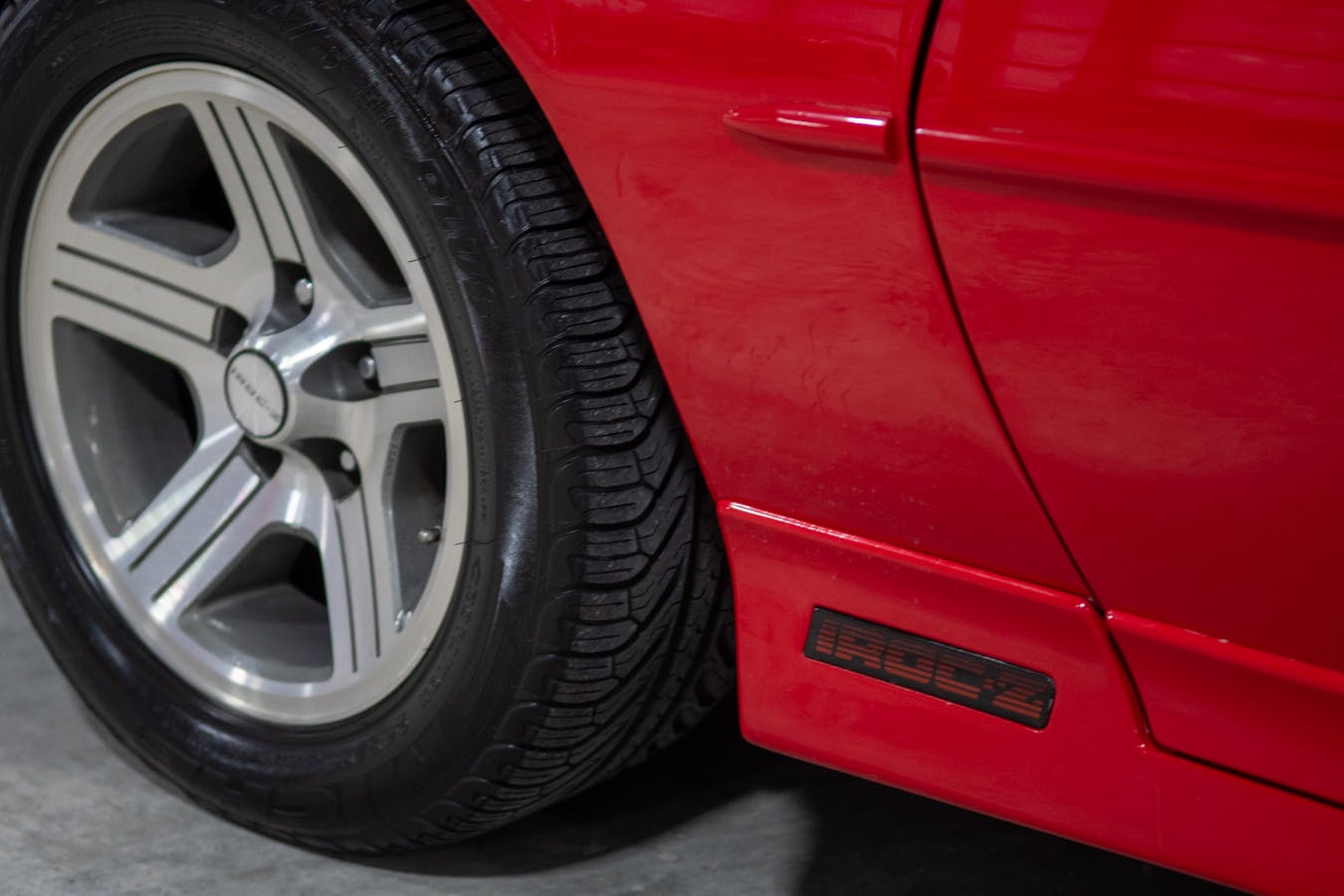
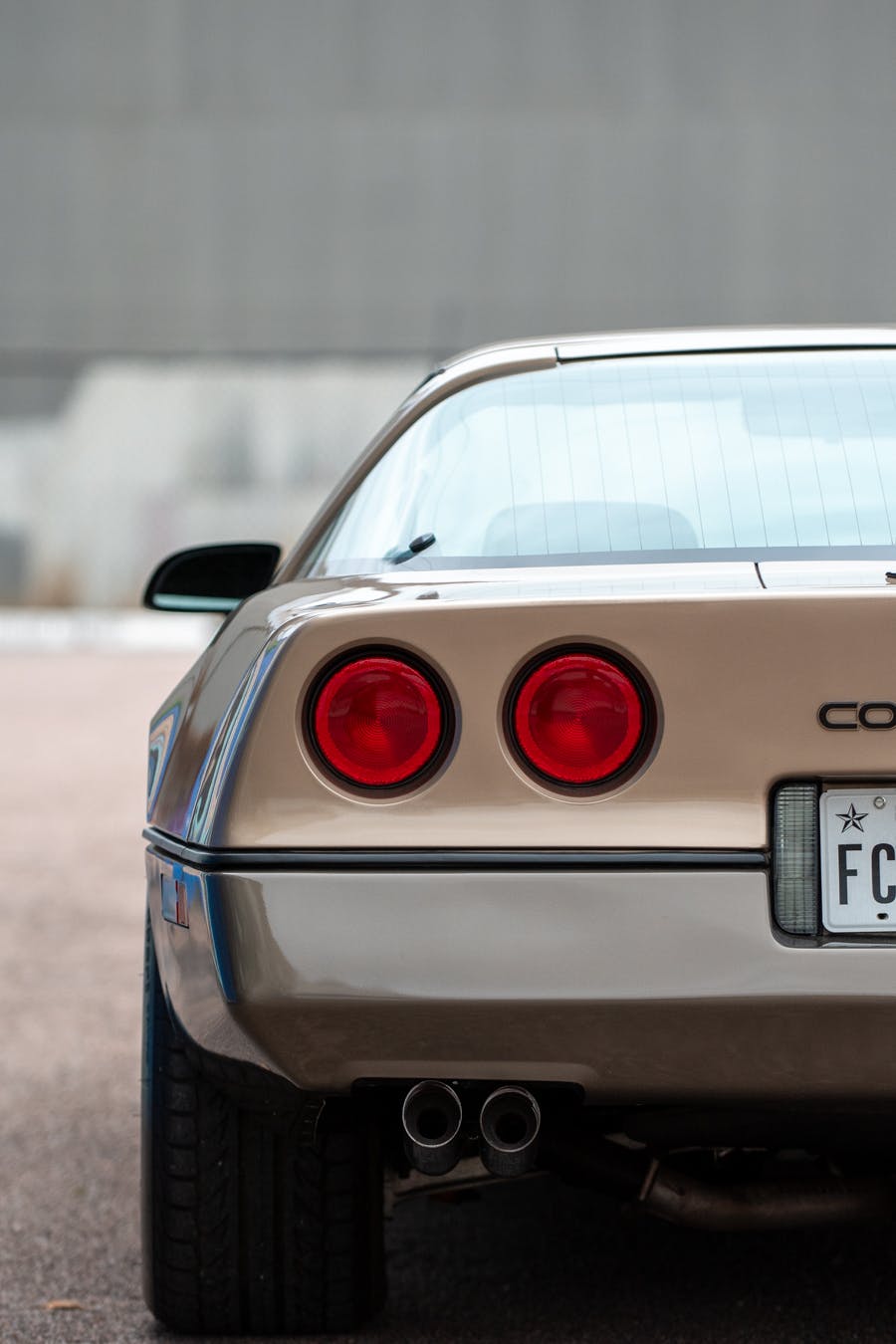
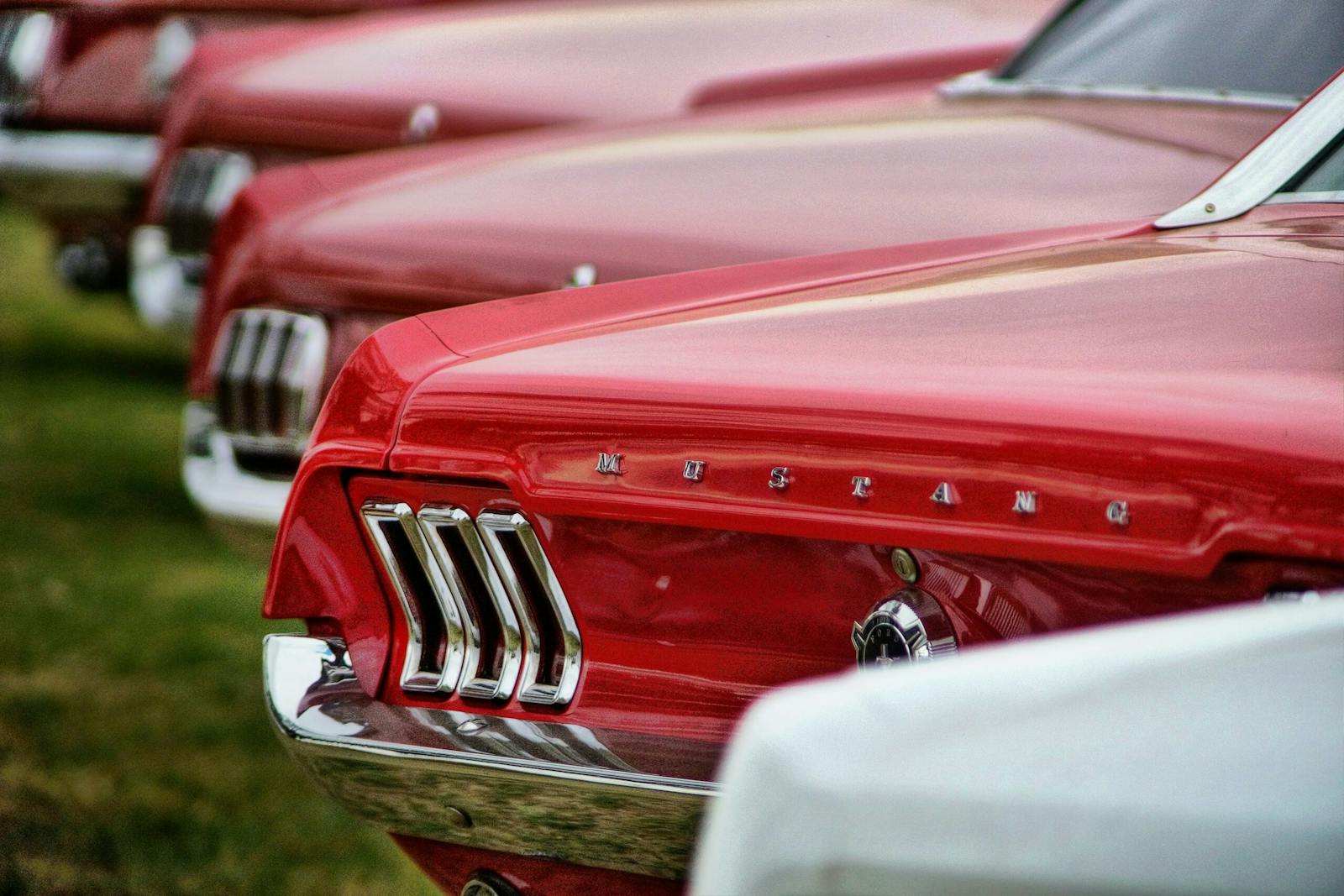
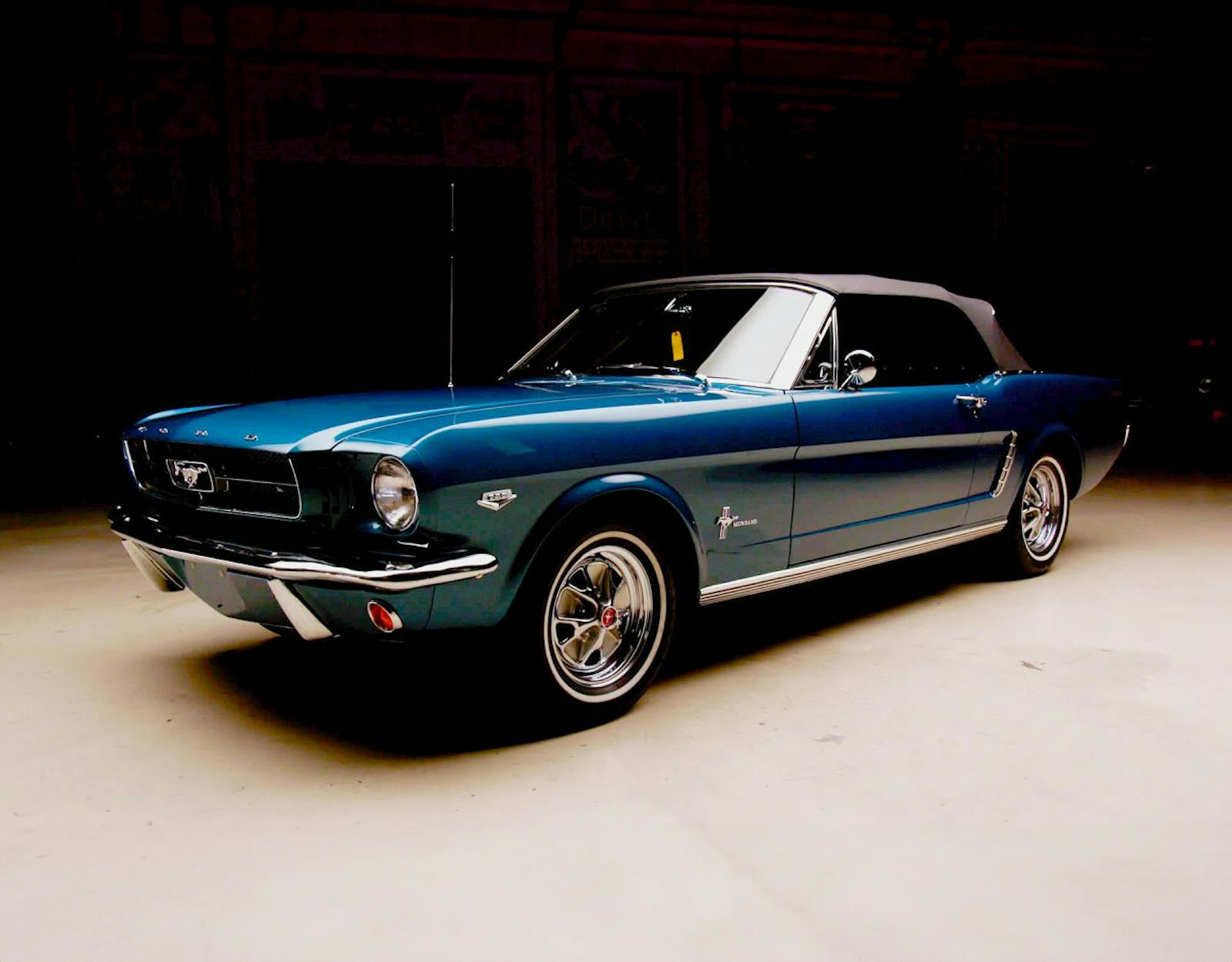
unmodified IROCs are all gone unless the car was garaged from the get-go. Frankly the IROC is one of the best looking sports cars ever made. The corvette styling is bland by comparison. I wouldnt be surprised that the C4 becomes a hit with teens as its value stays low & offers a great performance platform for new gearheads. So it will be valuable in the 2060s.
I have 1990 iroc 88,000 miles in garage 5.7 white/red interior , I bought with 1400 miles on it . Parked in garage years ago , wife wouldn’t let me get rid of
A whole lot more people are nostalgic about the IROC Camaro. And it’s better looking. That’s really all there is to it.
I was fortunate enough to be able to get out of my Zenith wire wheeled 1975 Corvette (purchased new but worst Corvette ever) when I purchased a brand new 1984 red/red C4. I was lucky enough to pay the $26,600 sticker price as my car had an additional dealer mark-up of $14,995 and some cars were getting double sticker. As the salesman approached me claiming this 1984 Corvette was going to be a collectors’ item, I told him they would build as many as the market would bear and that if he thought he was going to get another $15K ADM out of me, he could turn around and walk the other direction. I told him “You know what’s more rare than a new Corvette? Someone who can afford one.” As I was two hours from home and he knew he would never see me again, I went home with a new Corvette.
This car got a bad rap as, while it had four recalls, it served me reliably in my twelve years and 43,000 miles of ownership. Even the “Cross Fire” injected engine. Sure it rode like a rock, mainly because of the Goodyear Gatorbacks, not my Z51 suspension, but as I drove a concrete mixer for a living I was used to a rough ride as mixers barely have suspensions. Third generation BF Goodrich Comp TAs changed the entire character of the car.
As this car was a second choice to my desired Ferrari 308, due to ridiculous maintenance costs, I made the mistake of renting a 308 in Maui for a day. Now I had to have one. I went back home and eventually bought a 1984 308 GTS QV that shared the garage with my Corvette for twelve years. They are actually redundant as they do the same thing but in different ways. Had the 308 seventeen years and replaced it with a 355 Spider that I have had for seventeen years. I’m guessing I’ve spent $50,000 plus maintaining these two cars but I live for the sound of the engines. A new C8 Corvette for me? Na, just don’t like the way they look. Functional but too busy, I like simple.
Keyser Soze is that you?
I should have gone to Concrete-Mixer driving school.
I have 1989 Iroc convertible in reasonably good condition with a 305 v8. What price could I expect to get ?
All depends on the options and condition. I have a dozen 3rd Gen Camaros and am a buyer’s/seller’s agent for these cars. I’m interested in seeing what you have.
I have a 85 Camero Z28 Iroc with a 350 corvette engine in it and a clean body the interior is emmaculent and has been covered from the sun just wondering how much this car can go for if you can let me know that would be really cool.
The article touched on it a little, but here is the problem with C4 Corvettes: Their quality of build is atrocious. They are unreliable hunk of junk rattle-boxes. Heck I was in a newer C5 recently and it was a plasticky rattle box. Yes Corvettes are fast and handle well but I would never want such low quality. That’s why they cost less for similar performance.
@Jim- My 1995 is the most reliable high-performance car I have owned. 56,000 rattle-free miles. I must be living right.
We have a 1988 Camaro IROC convertible ordered from GM fully loaded even leather and power seats when they first came back. It is all original except tires and battery. It has 26,000 kilometres ( 16,000 miles) . We had our choice and my wife wanted the Camaro I wanted the vette guess who won and believe it or not because it had space for our dog !! We love it don’t drive it much stored every winter.
I never liked the Iroc. My First Car was a 69 Camaro Super-sport. That was the real deal. Hooker headers holly 4 barrel Carb, four speed hurst shifter and Craggier SS Rims. After those years they looked more like Firebirds. Very happy with my 1992 C4 Polo Green Convertible with black interior and rag top. You do not see many in that color combo. A head turner and a couple 1st place trophies for stock………
I think this is an easy one…if you want an IROC Camaro, you’re looking at ‘85-‘90 only…if you want a Corvette, there are many more years to choose from. With the c5 being better in every way, why would one pay a premium for a c4? There wasn’t a better IROC in the next gen, so these years are the only option if you want one.
In addition, “simple” designs age better…that high tech in the c4 is mostly garbage now, so it’s easier to appreciate (and deal with as an owner) the simplicity of the IROC.
That’s a lot of analysis to end up with “I still don’t get it”. My two cents would be that while you would be caught dead in the Camaro the same can’t be said for the ‘Vette.
I purchased a used 1985 C4 in 1986 and still own it. Has always been pampered and stored winters. I have thought about selling it on occasion but then take a drive, and immediately get that same grin back on my face from the day I bought it. You would have to drive one to see how the experience is so much different than the same from F bodies and Mustangs of that era.
I had the privilege of being a 1985 C4 owner and it was my daily driver. I drove it from the fall of 1990 until the spring of 2003 and put over 160,000 miles on it. Yes, I had to replace several parts.
Being a coupe driver, I found the interior space quite sufficient. Slightly less than the Dodge Daytona that it replaced, and spacious compared to the Datsun 260Z and Triumph GT-6 before it.
My girlfriend and I made several road trips in it and the “hatchback” handled many unusual items.
I miss that digital dash and struggle to find modern cars that can equal the “cockpit” like experience.
Very few people used “Vettes” as their daily driver. Therefore based on nostalgia, I would expect the Camaros to be more in demand. Which are also an excellent driving experience.
As a current owner of both (60k mile Heritage Z28 5.7 all original and a NCRS Top Flight 94 6-speed coupe with 51k miles) they are in only a few ways similar.
The z28 is a great cruiser with great low end torque. Great handling and gets alot of attention at the gas pump. Had this z28 22 years ago and sold it about a year later with 48k miles and got it back 17 years later with 59k miles. Got lucky.
The corvette I have only had it 2 weeks but love rowing thru the gears. Yes it is a little to get out but i love the “go cart” feeling while driving it. Got 25.5 mpg driving from OKC back to central Texas 2 weeks ago.
You dont see many C4’s around here so this one has gotten alot of thumbs up the last 2 weeks.
I love both. Paid $8k for the z28 in August 2019 and $14900 for the c4 which included the previous owner meeting me halfway from Nebraska. Plus it just got an NCRS Top Flight award in September.
Both Chevrolets but 2 distinct cars. Best of both worlds imo.
And you got the C4 for a very fair price. Happy motoring and don’t forget to join NCRS. That will be the best $50 spent on your Corvette.
Went through a Camaro and Corvette phase in the late 60s and early 70s. Raced a FI split window in SCCA B/P (paid a grand for it and was hard to raise, just back from a few years in SE Asia I had no credit). Had a 68 hanging from the ceiling for a while. All had four speeds and 327s.
These days I prefer DOHC 6s (my first car had a DOHC-6 and 4 wheel disks). Five years ago I was looking for a new GM daily driver and it came down to “C”s, Camaro, Corvette, and Cadillac were the only GM two-door sport coupes left, Pontiac (Previously had a GTP with DOHC 6 and a five speed Getrag) was gone, so was Olds but the furrin owners liked Buicks.
Wound up with a 304hp DOHC-6 & 4 wheel disks in a Catera Touring Sedan Coupe 6 speed automagic but was available with a six speed manual trans (too much traffic now, I-4 is a parking lot) 3.73 posi rear and quite fast thanks to VVT and a torque plateau rather than a peak. Has a rear seat but impossible for a human so mostly folded down, more like my Buick Reatta. Is also big enough that a ginormous SUV or lifted Pickup in the next lane can see me (limits where I can drive my smaller cars, is sad I have always preferred smaller cars but most of my life, passenger cars were low. Welcome to the 1930s.) And so it goes.
I’m a die hard Mustang guy but when the IROC came out I thought it was the best looking car made that didn’t say Ferrari on it.
The C4 ( and I’ve had a few Vettes) is ugly on the outside and sitting inside one and having to look at that horrendous dash is to much
I always liked the dressed up versions of the Z28 and IROC as well as the Formula and T/A Firebirds. On the Ford side, the LX Mustangs 87-93 looked far superior to the dressed up GT.
My 91 z28 is mint.Only goes to car shows.I’m finally starting to see the value go up.Wish I kept my 87 Monte SS. Good to read some positivity on the red headed stepchild of the camaro lineup!